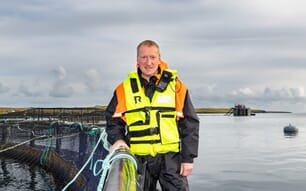The meat and livestock sectors are now starting to view welfare as a way of managing risk and farm animal welfare is being viewed in the wider aspect pf sustainability.
The sector is now starting to build welfare programmes into the economic profile of production according to Lesley Lambert, chief policy advisor for World Animal Protection (formerly WSPA).
Speaking at the recent World Meat Congress in Beijing, Ms Lambert said that the meat and livestock sector was starting to look at animal welfare in production from an evidence led and physical aspect.
“The approach is fundamentally practical,” she said.
She said that companies are now coming to organisations such as WPA to formulate a policy on animal welfare in their production systems.
She said that companies are looking to find solutions to welfare issues that will meet consumer expectations and companies are now showing a leadership in looking at welfare issues.
Ms Lambert told the Congress that animal welfare policy for companies is based on five main freedoms:
- Freedom from pain and injury
- Freedom from disease
- Freedom from hunger and thirst and provision of proper shelter
- Freedom from fear and distress, and
- Freedom of natural behaviour
Animal welfare is not just about health and disease and physical welfare, but also about the mental welfare of the animals and the natural environment in which they are reared.
She said that welfare quality can be measures in god feeding, good housing, good health and appropriate behaviour.
And she said that these concerns are now being accepted globally with WPA working with some of the largest meat companies in China providing welfare training for staff.
“Companies are seeing it as a business issue and not simply a practice issue,” Ms Lambert said.
For meat companies the training that is provided stretches through the loading and unloading of the animals at the plant to the lairage conditions and down to the stunning and slaughter handling.
“Good welfare is good for the animals, but it is also good for business. It reduces losses and increases productivity,” she said.
“We have shown it also has major benefits in product quality and hence profit.”




